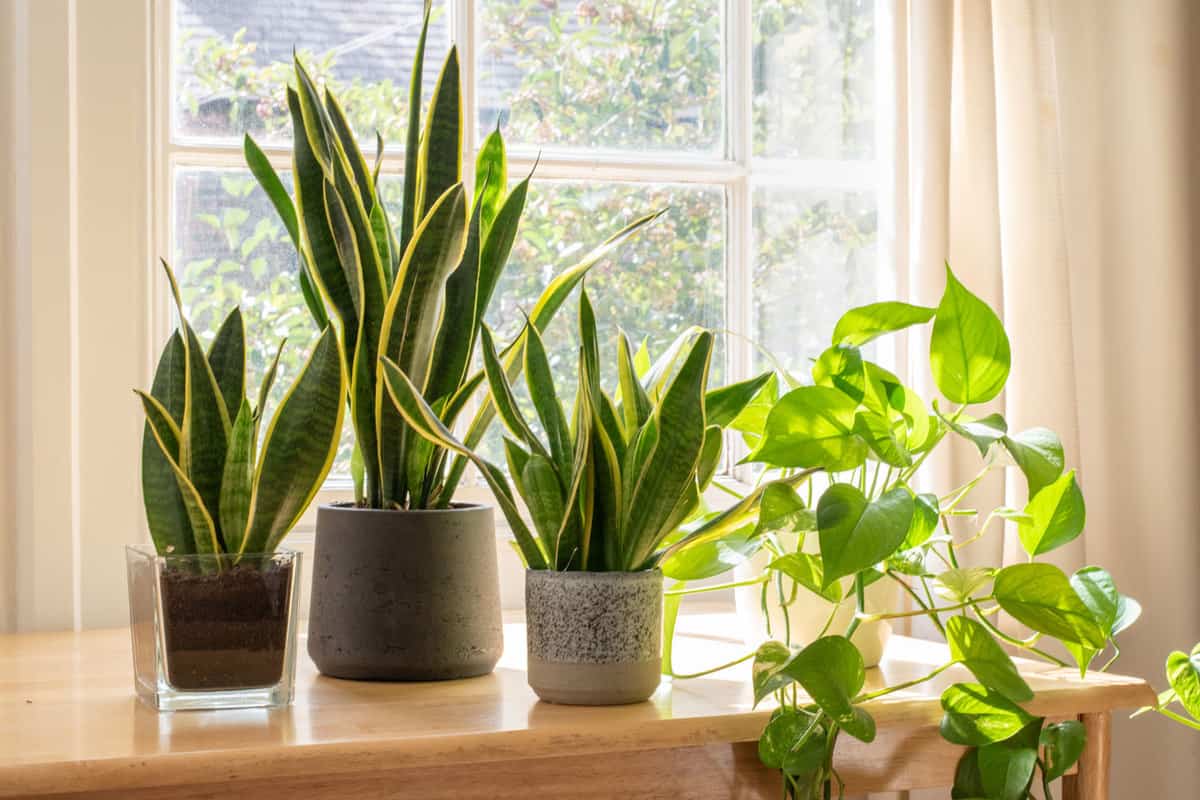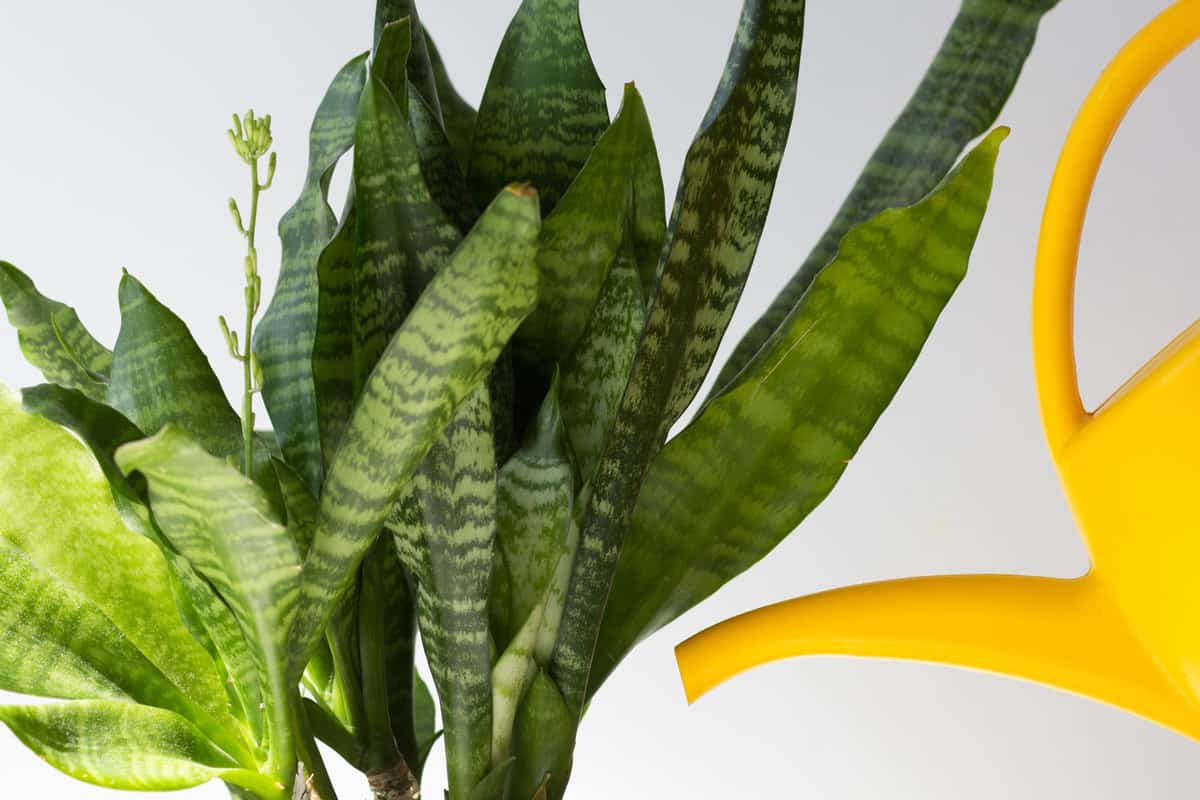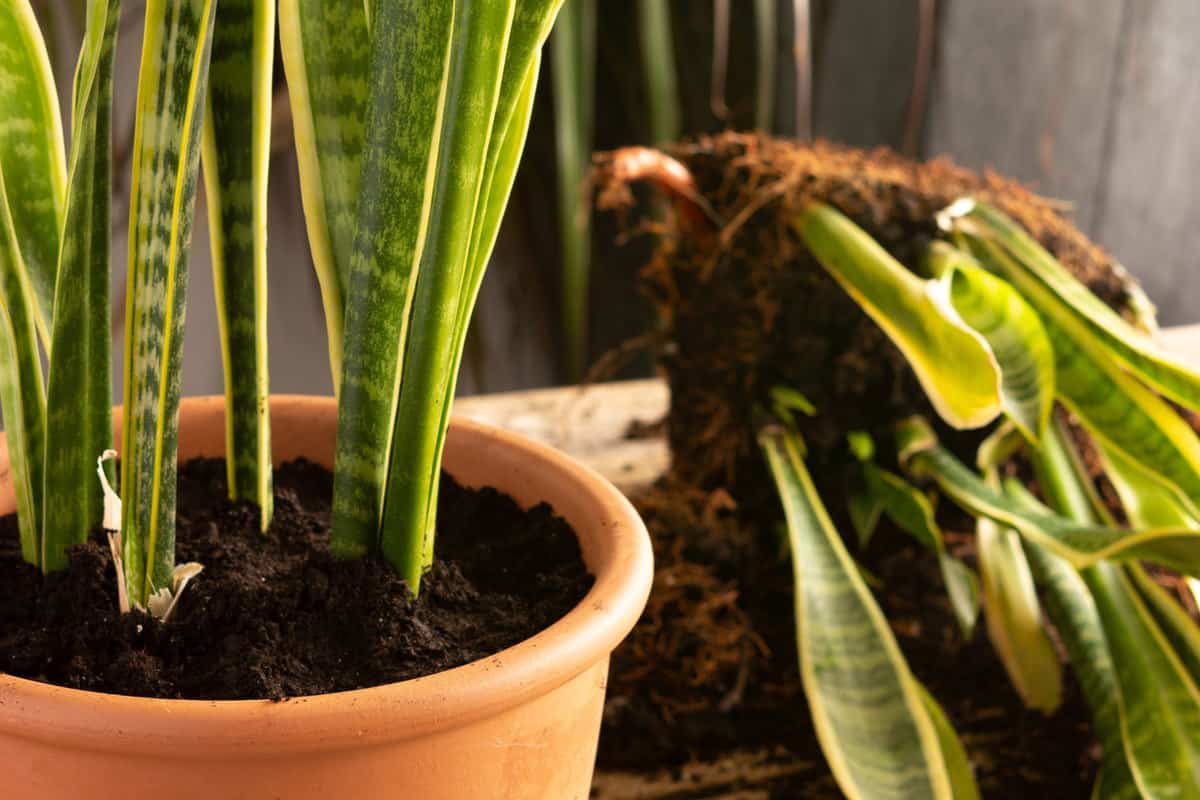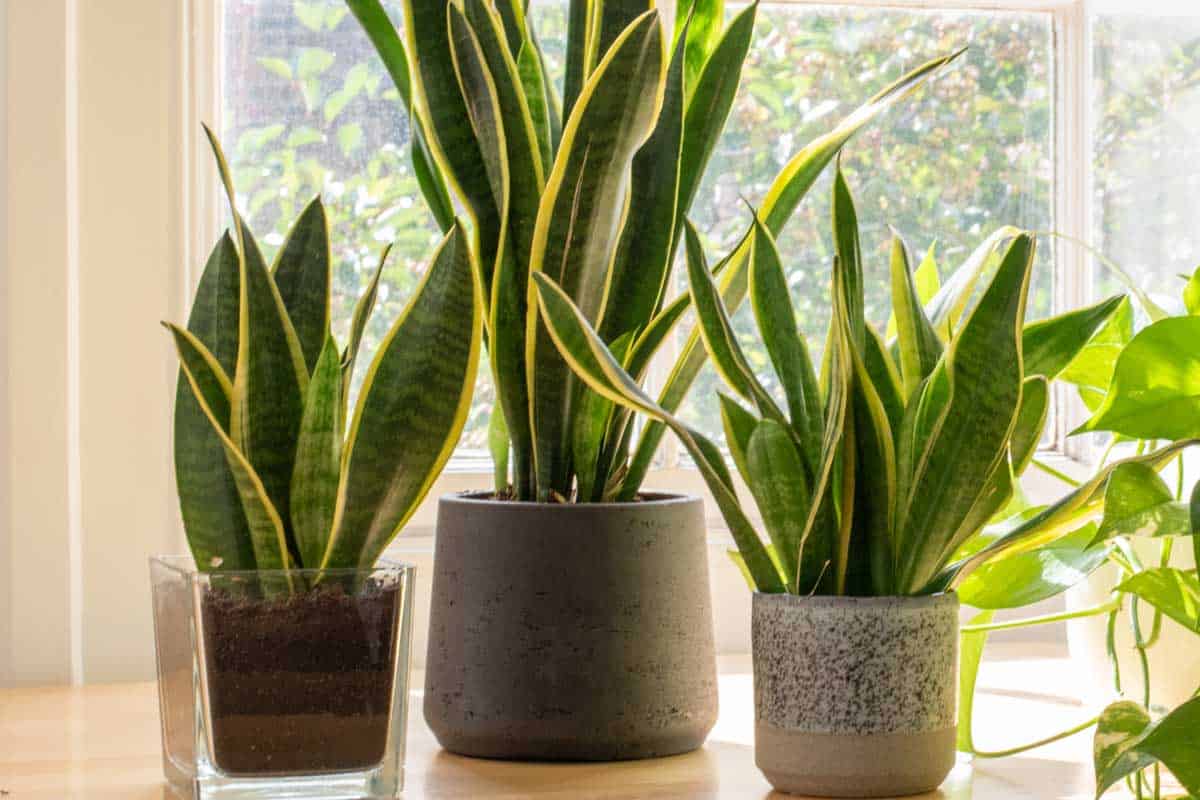If you are a fan of indoor houseplants, you may be familiar with the practice of misting the leaves of the plants to keep them from drying out. Snake plants are one of the easiest plants to care for and maintain. But given the minimum water requirements of snake plants, do their leaves need the additional water? We checked with what the gardening experts have to say.
Snake plants are desert plants that are accustomed to hot and humid conditions. That being stated, it is generally not recommended to mist the leaves of a snake plant. Misting the snake plant's leaves can cause them to become overwatered, leading to several other health issues. Their leaves are accustomed to staying dry, as they get their moisture from the humidity within their environment.
Over-watering is often the most common reason why a snake plant may fail to thrive, particularly when grown by new growers. Continue reading to learn more about the proper watering regimen for snake plants.

Why You Shouldn't Mist Snake Plants

As long as the relative humidity in your home or outdoor garden averages around 40%, there is never any need to mist the leaves of your snake plant. If you find that the relative humidity in your home and garden has fallen to 28-30%, you can simply install a humidifier as opposed to mist in the leaves directly.
Click here to see this home humidifier on Amazon.
It's important to pay special attention to the watering regiment that you implement for your snake plant. When watering the plant, you should only water the soil, never the foliage. The foliage can be especially sensitive to water.
If the leaves have been sprayed with water and become overwatered as a result, you may notice that they'll start to turn yellow or mushy at their base. And if this happens, you must remove the damaged leaves or cut them at the base.
The one thing that you don't want is for your snake plant to develop root rot from misting and/or overwatering. What's root rot, you ask? Root rot is a common plant disease that develops when a plant receives too much moisture or water. A healthy root system contains strong roots that effectively transport nutrients to the plant's foliage and branches.
When a plant has root rot, the roots will become soggy and withered, greatly reducing their ability to move nutrients around the plant. Root rot can also cause the plant to develop other fungal and bacterial issues fairly quickly. And if the snake plant can't absorb nutrients, it will ultimately die. So, when it comes to watering snake plants, less is more.
How To Water Your Snake Plant
These plants typically don't require watering more than once a week. To ensure that your snake plant receives the proper amount of water, always do a quick soil test before giving it another water session. To perform the test, simply stick your finger in the topsoil about an inch or so to determine its moisture level. You'll want to let the soil dry out a bit before watering again. During the winter months, you should only water your snake plant about once a month, as this is the plant's slow growing season.
To water your snake plant, start by touching the topsoil to ensure that it is dry or slightly moist, and not damp. If it is damp, wait another week to test it again. Next, fill your watering can with distilled or spring water and pour it into the soil, making sure to cover the entire surface area of the soil. You'll want to get around the entire base of the plant.

Once you begin to see the water rising about an inch above topsoil, stop adding water. Next, give the soil about 30 minutes to an hour to absorb all of the water and then pour out the remaining water from the plant saucer. This is an important step, as you don't ever want the roots to sit in standing water.
How Long Can Snake Plants Go Without Water?
The length of time that a snake plant can go without being watered will depend on the variety of the plant. However, most varieties can go anywhere from 5 to 6 weeks without being watered. This will also depend on other conditions such as relative humidity, exposure to direct sunlight, and environmental temperature.
Are Coffee Grounds Good For Snake Plants?

Yes, they are. Coffee grounds are commonly used with indoor plants in several ways, and snake plants are no exception. It's important to use coffee grounds appropriately to ensure that they do not damage the plant, as they can cause the pH of the soil to become too acidic.
Coffee grounds are high in nitrogen, which plants love, but too much of it can be suffocating for the plant. There are a few different ways that you can use coffee grounds on your snake plant, including applying them as a mulch, liquid fertilizer, or compost. Let's briefly discuss each of these applications.
Mulch
Mulch can be an integral part of a plant's soil structure, as it allows the soil to drain patiently and it increases its nutrient holding capacity. Coffee grounds make for excellent mulch as they contain several microorganisms that can be beneficial to the bacteria inside of the snake plant's soil. To add them to your soil, simply sprinkle a ratio of no more than 1/4 of the current soil on top of the soil.
Compost
You can also use coffee grounds to create nutrient-rich compost for your snake plant, and one that gives it a boost in nitrogen. This can be especially beneficial for baby snake plants, a time when nitrogen is crucial. Add coffee grounds to your new compost and make sure that they are no more than 20% of its content. Once prepared, you can use this to fertilize your plant every couple of months.
Liquid Fertilizer
One of the quickest ways to apply coffee grounds to your snake plant is to use them as a liquid fertilizer. To create this fertilizer, apply 1 cup of coffee grounds to a pot of 3-4 cups of simmering water. Let the mixture sit for 2-4 days so that the bacteria have time to colonize, and then pour it into a spray bottle. Use the solution to fertilize your snake plant no more than once a month.
If your snake plant is in a state of ill-health, the nutrient content and microorganisms contained in the fertilizer can help to give your snake plant the restorative boost that it needs.
How Do You Know If Your Snake Plant Is Overwatered?
Over-watering is one of the most common problems when it comes to maintaining a snake plant. If your snake plant has reached a point where it is overwatered, there are usually a few signs that will illustrate this. Let's take a look at two of the most common ones.
Wilting Or Yellowing Leaves
If you notice that the leaves of your snake plant are starting to wilt or turn yellow, you may have an overwatering issue. This is perhaps one of the most common and easily detectable signs of overwatering. And if the leaves are yellow, chances are that the plant has root rot. The leaves will turn yellow and you may notice that they are starting to droop or become limp, whereas before they stood firm and tall.
At this point, the nutrients are not being supplied by the roots, and the plant will need a change in soil and an application of fertilizer if it has any chance to survive.
Click here to see this fertilizer on Amazon.
Browning Leaves
Another common sign of over-watering is the browning of the leaves on the snake plant. This is often common when the plant lacks a consistent watering regiment. Browning leaves can be a sign of plant diseases such as root rot and other fungal or bacterial diseases. The brown leaves will typically be soggy to the touch and will appear droopy and limp, similar to yellowing leaves.
This means that they have simply absorbed too much water which is affecting their ability to create energy and complete other internal processes (such as photosynthesis). You may not be able to save your snake plant if it is at this stage. The best thing to do is to change the soil and apply a good fertilizer.
Do Snake Plants Grow Fast?

Snake plants, in comparison to other indoor plants, are not known to be the fastest growers. In fact, they're quite slow growers, only averaging anywhere from 5 to 12 inches a year depending on the variety. However, if you are looking to boost your snake plant growth, try giving it more sunlight throughout the day. Exposure to more sunlight creates more energy inside the snake plant (and any other plant), which can help it to grow more rapidly.
On the opposite end, if you are looking to limit the growth of your snake plant, you can simply clip the tip of the leaves. Doing so discourages the production of an important growth hormone, and prevents the leaves from growing taller.
Wrapping Things Up
We hope this post has answered all of your questions concerning whether or not to mist your snake plant, as well as any other questions you may have had about its water requirements. Remember, these plants almost thrive on neglect, and watering once a week will usually suffice.
Before you go, be sure to check out some of our other posts:



[…] You should also avoid misting the plant with water. Frequent misting can lead to a high amount of water stored in the plant. This condition can lead to several issues with the leaves. […]